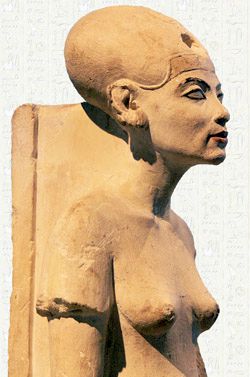 Alexandra Bruce – This beautiful film by Australian Theosophist, Phillip Lindsay is about the evolution of consciousness, drawing from Hindu, Jewish, Persian, Islamic, Buddhist, Gnostic, Celtic and Christian traditions, using rich visuals and soothing music worthy of a big screen TV.
Alexandra Bruce – This beautiful film by Australian Theosophist, Phillip Lindsay is about the evolution of consciousness, drawing from Hindu, Jewish, Persian, Islamic, Buddhist, Gnostic, Celtic and Christian traditions, using rich visuals and soothing music worthy of a big screen TV.
The audiovisual feast starts with how our Solar System came into existence, with its subsequent planetary schemes, chains, rounds and globes, revealing the secret chronology of human history, from ancient Lemuria and Atlantis to our current “root race”, while following the natural cyclic deluges between races, according to The Secret Doctrine by Helena Blavatsky.
The Secret Doctrine derives from Blavatsky’s translations and interpretations of ancient Tibetan Buddhist scrolls which she called the “Stanzas of the Dzyan”. Some believe this referred to parts of the Dzogchen tradition of Tibetan Buddhist wisdom called the “secret” or “inner” teachings. Buddhism was founded by a Hindu prince and contains many Vedic precepts, including the concepts of Karma, the Yuga system of time cycles and the belief in the extreme antiquity of humankind, going back millions of years. Continue reading

 René Guénon’s assertion, culled from ancient esoteric sources, that in the remote past humanity’s first civilisation arose in the ice-free Arctic zone is not without geological support.According to the well-known researcher J.S. Gordon, “there is no scientific doubt that the polar ice caps have melted and reformed many, many times over and that this has always affected human society (plus animal and plant species), often catastrophically.”1
René Guénon’s assertion, culled from ancient esoteric sources, that in the remote past humanity’s first civilisation arose in the ice-free Arctic zone is not without geological support.According to the well-known researcher J.S. Gordon, “there is no scientific doubt that the polar ice caps have melted and reformed many, many times over and that this has always affected human society (plus animal and plant species), often catastrophically.”1